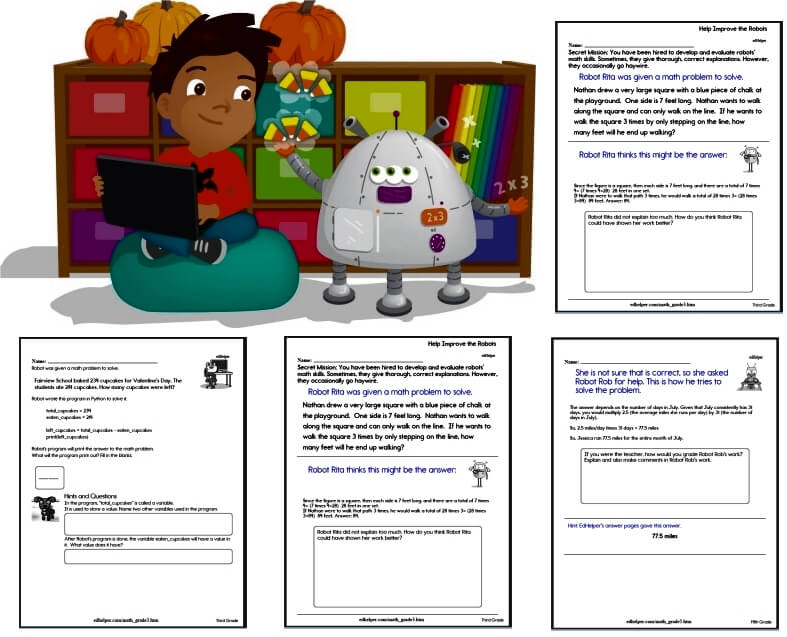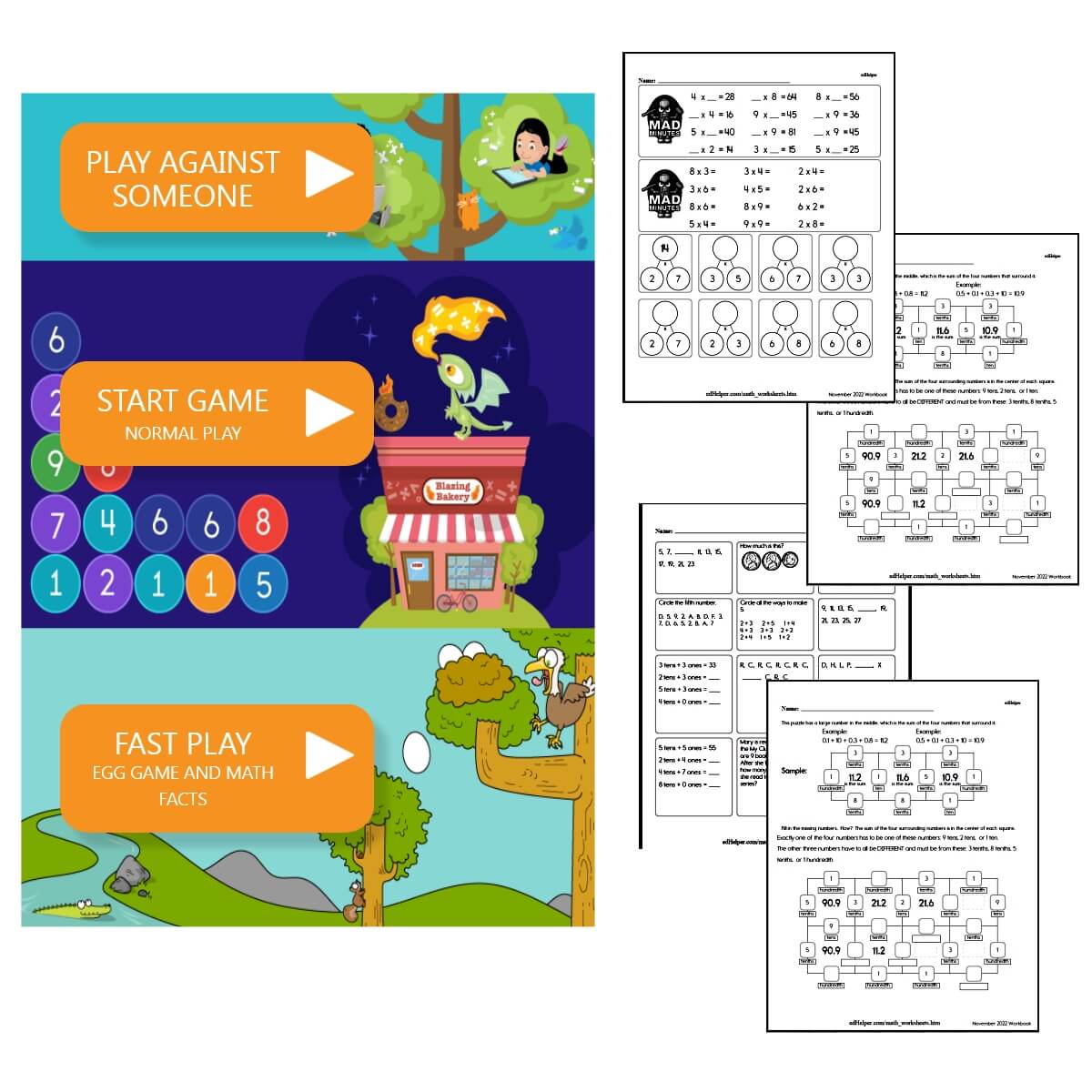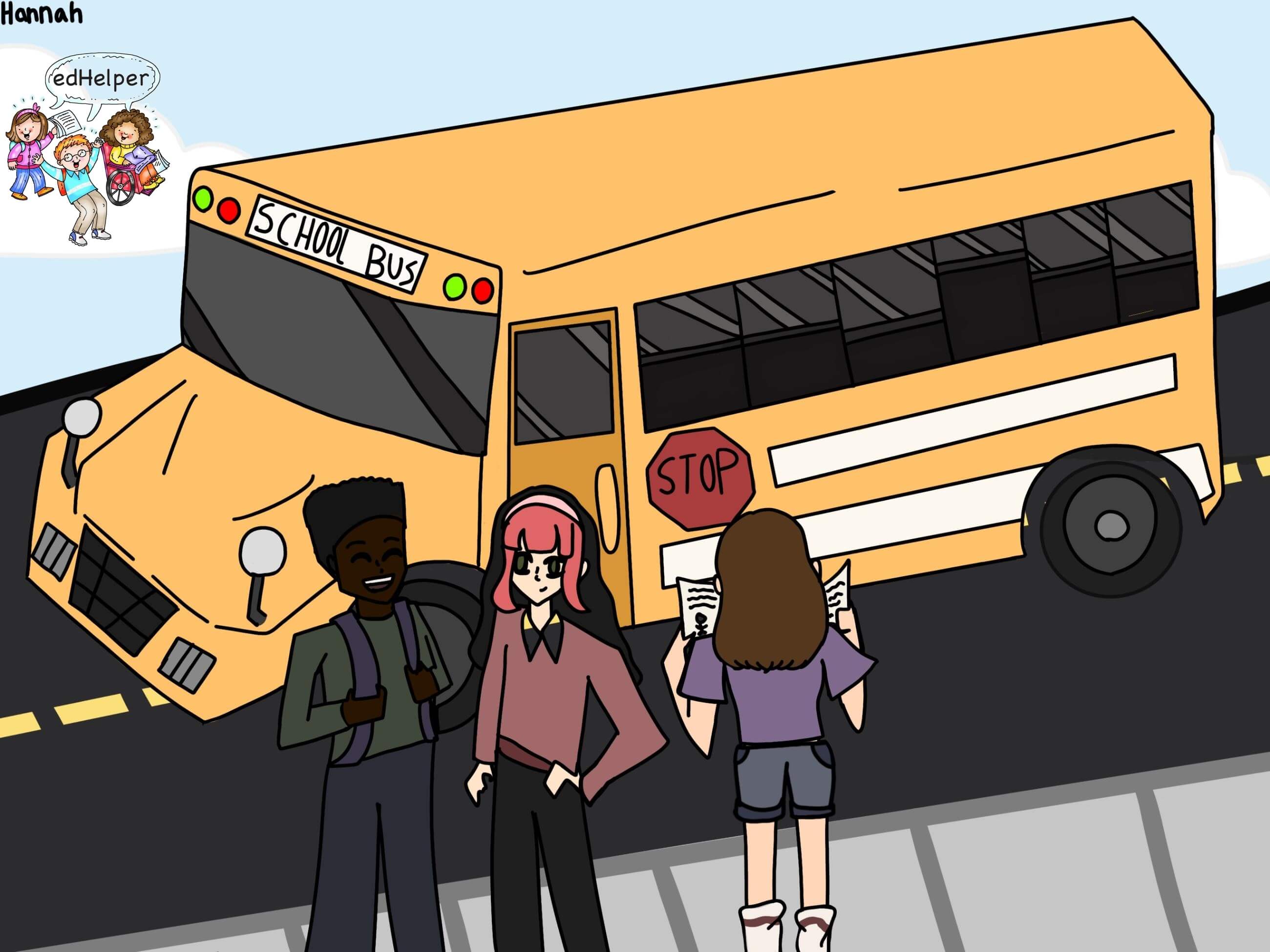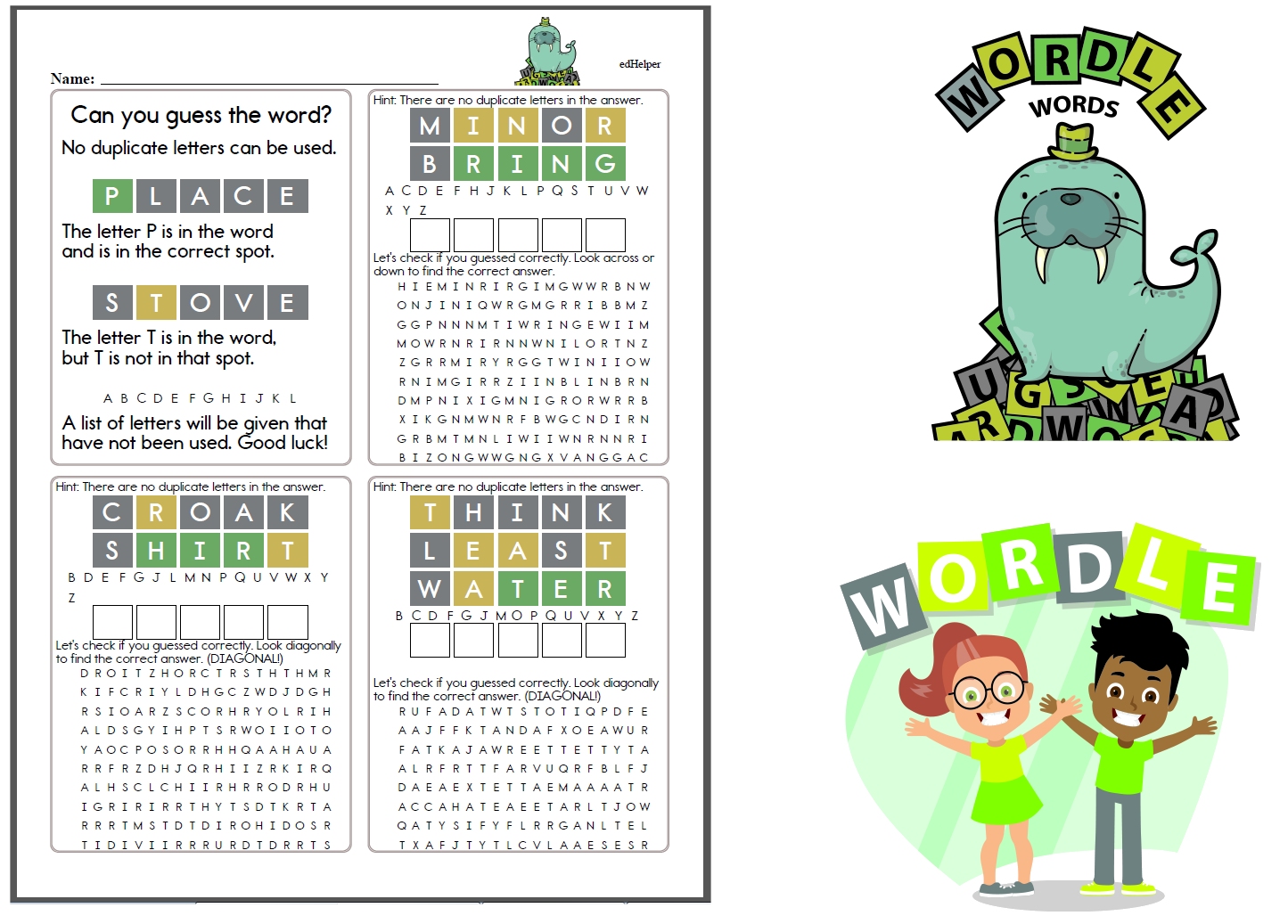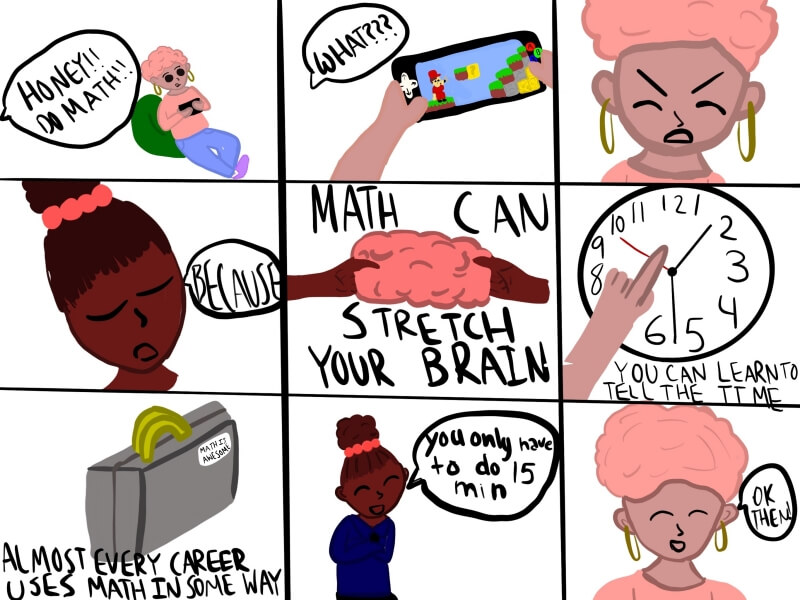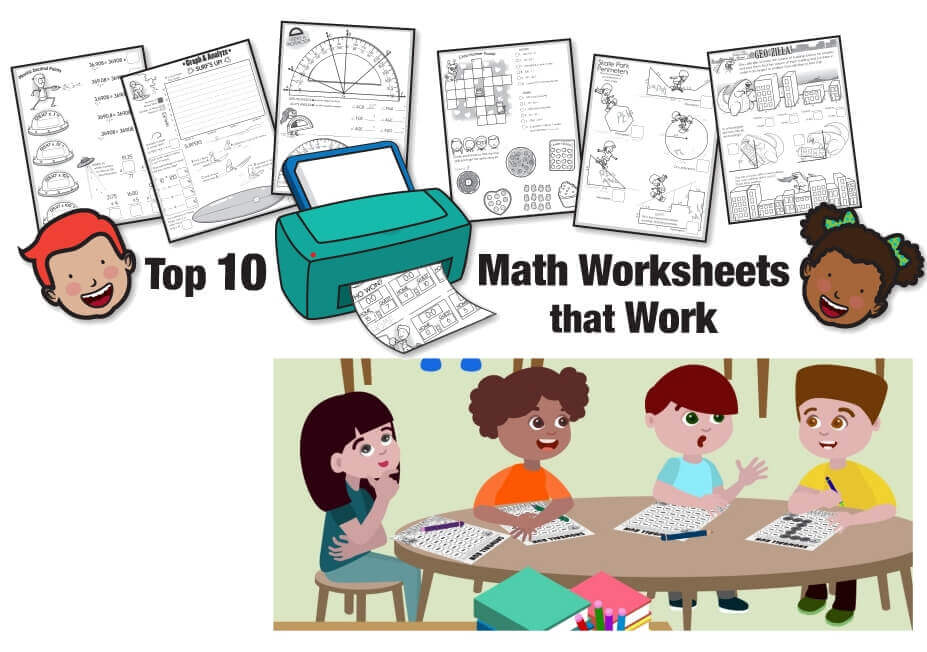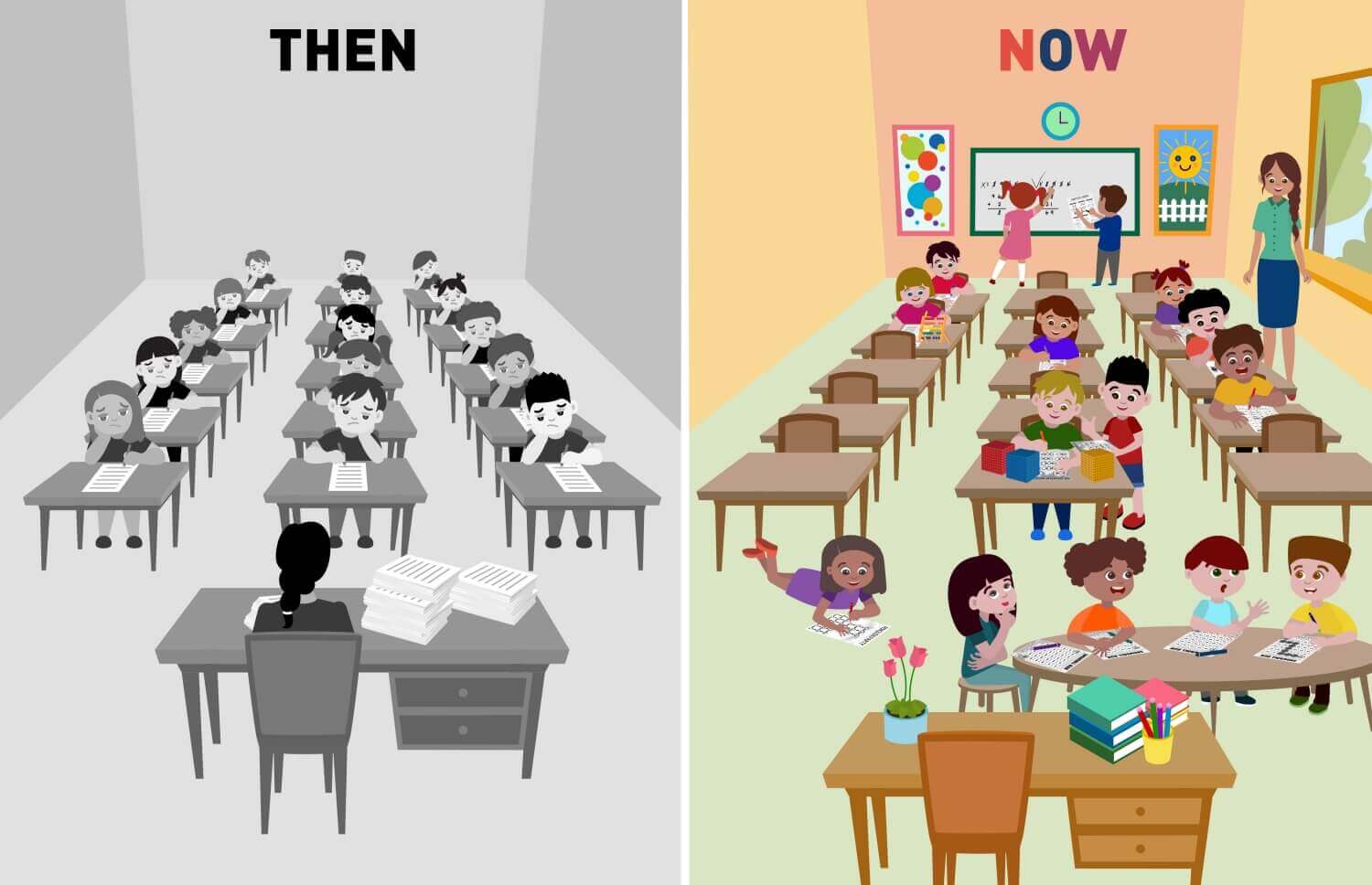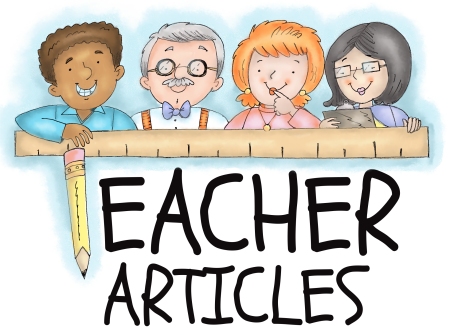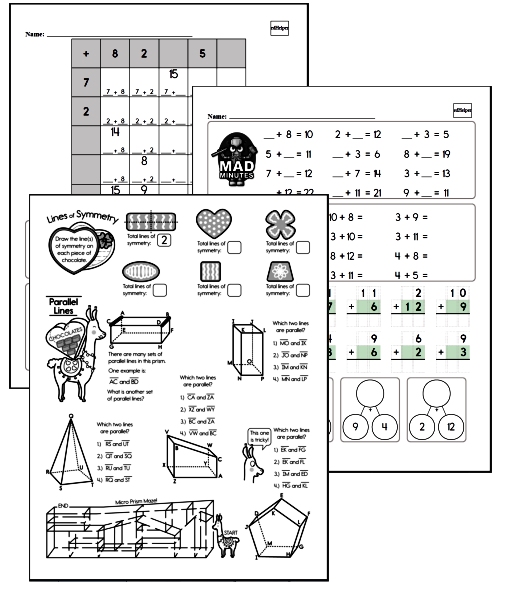Literacy Activities That Are So Fun, Students Will Actually Want to Read
By: edHelper Staff
Updated: Jan 22, 2024
A lot of kids drag their feet when it comes to reading, and you can't really blame them. Boring activities, uninteresting topics, and seemingly endless quizzes on characters, settings, and events can suck all the fun out of reading.
The good news is that reading doesn't have to be something your students dread! You can make reading more fun so students actually want to pick up a book and dive into a good story.
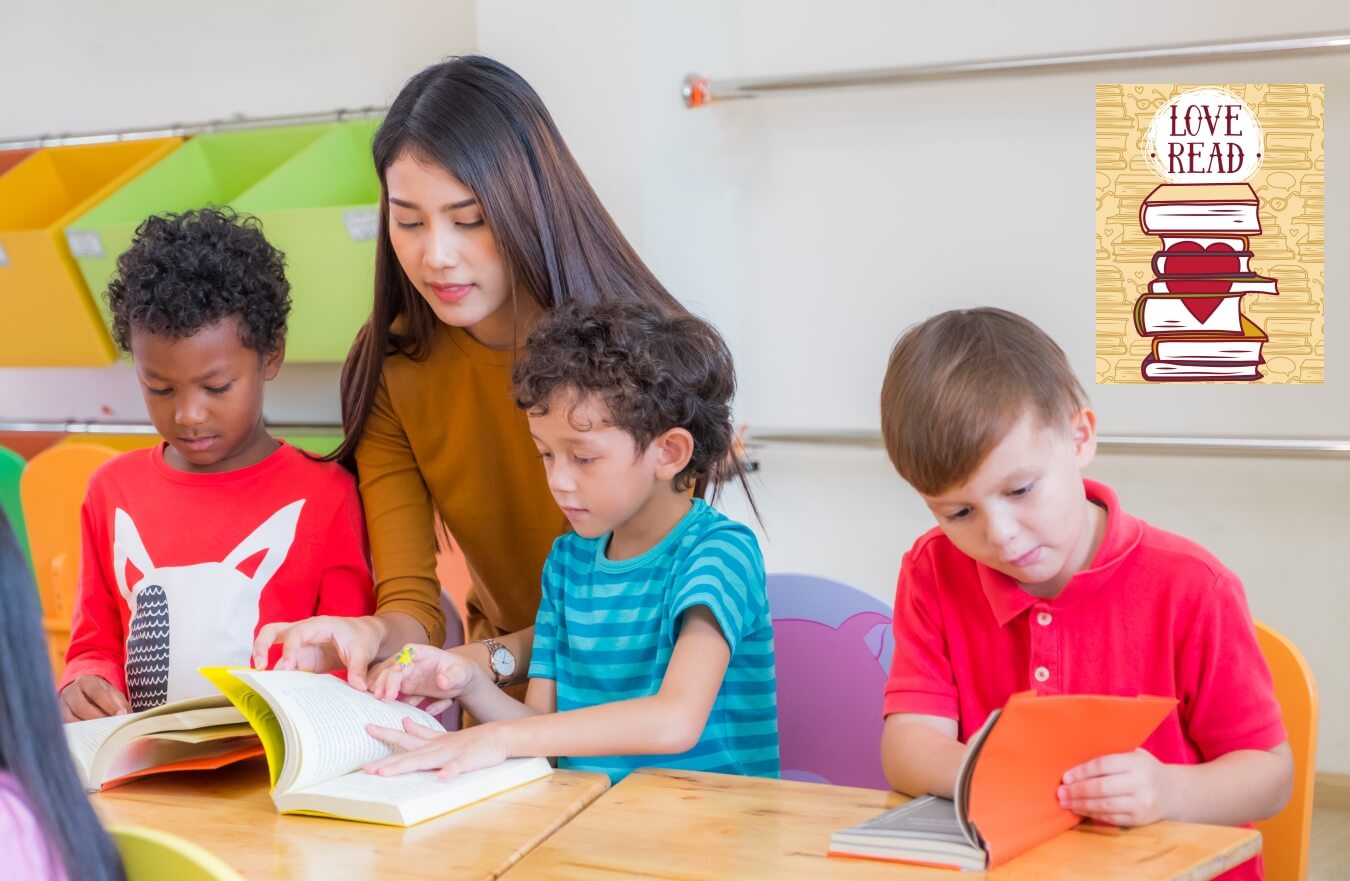
Here are eight literacy activities that go beyond mastering the basics and instead focus on actually getting kids to read.
Mystery Date With a Book
Bookstores have a lot of fun making mystery dates with a book by wrapping the books in paper. Sometimes, they write one-sentence descriptors on the paper, draw pictures, or simply organize the wrapped books by genre. You can do the same thing in your classroom!
Students of all ages will love picking mystery books, and they will especially love unwrapping the paper. It's a fun activity to modify depending on what your students are learning in the classroom. For example, if you're talking about character development, write words that describe the main character on the front. If you're talking about different genres, pick books in those genres and categorize them.
It's fun to get your students in on the action, too! Very young students can wrap books and draw a picture on the front, while older students can wrap a book they have already read and describe it in one sentence.
Act Out a Story
Some students find reading boring because it's a passive activity. Make it more active by asking students to act out a story.
There are tons of ways you can do this in your classroom. You might have students do a reader's theater, or you can have them read picture books in pairs before acting them out for the class. If you choose popular books the students are familiar with, classmates can guess which book the students are acting out.
You can also incorporate writing by having students write a short story themselves before acting it out with friends. Scaffolding can help students create a simple story that can be acted out. For example, pairs of young students can fill in writing prompts like "First, _________. Second, __________. Then, ________. Lastly, __________." Older students can practice creating dialogue. It's even more fun if you let students create props for their performance!
Draw a Character
Incorporating the arts can be a great way to get students interested in learning. If you don't have a classroom full of extroverted actors, you might want to try having your students draw a character instead.
The easiest form of this activity involves asking students to draw a character from a story they are reading. You can also have your students draw what they think a character looks like based on a book you're reading aloud together.
Reading short character descriptions and having the class sketch a quick picture is a lot of fun, too, especially if you give the students a chance to compare their sketches. It encourages them to slow down and think about story details that will help them better envision the characters they read about in other books.
Mad Libs
Mad Libs is a great way for students to practice their literacy knowledge and have fun at the same time. Short stories require students to fill in the blanks with nouns, verbs, and adjectives before reading them within the context of the story. Kids love seeing what silly story they unwittingly come up with!
It's a great activity to do together as a class, but students can also do them in groups, in pairs, and independently at their seats. Students can then share their silly stories with each other by reading them to the class, or they can pass their stories around for other students to read, which encourages even more reading.
Find the Secret Word
Find the Secret Word is a fun game that can be adapted to early and intermediate readers, depending on the words you choose.
Give each student or pair of students the same copy of a short story and tell the class which words to circle in the passage. If you want students to find multiple words, have them use different colors to circle, underline, or highlight each word. This encourages students to reread the passage, looking for different words, which boosts word recognition along the way.
Have a competitive bunch? See who can find all the words first. You could give prizes to students who successfully find all the words and then let them decide which word the rest of the class has to find next.
This activity can also be added to other reading activities. For example, students can read, color, and complete comprehension questions on a printable PDF book before going back through the story and circling the keywords.
Let Students Pick Reading Comprehension Activities That Interest Them
Sometimes, you have to get down to work, which means asking students to practice important reading skills. Worksheets are a great way to do that, but they can also be kind of bland. That's especially true if you pick reading comprehension worksheets that aren't interesting.
Make things more fun for your students by letting them choose the comprehension activities that interest them most. Collect worksheets on a range of topics and let students choose the one they would like to complete.
You can extend learning by allowing students to share their worksheets and the answers they found in pairs. That way, everyone gets to work on a topic that interests them, but they are also exposed to topics that they wouldn't have chosen themselves.
Start a Book Club
A book club is a great way for adults to read more, so why not give a book club a try with your students?
This is a great way to focus on topics, series, or authors that interest your students that you can't necessarily tackle during class. For example, if a couple of your students are really into reading a series like Percy Jackson or Harry Potter, ask if they would like to start a book club. They can meet before or after school or even on days with indoor recess. You can facilitate the book club yourself, or you can encourage older students to run their own book clubs while you simply provide the space for them to meet.
See if you can get any other teachers and their students involved. It's a great way for students in different classes to get to know each other. It can also be a fun way for older and younger students to meet and share books that they love.
"What I'm Reading" Bulletin
You can take a slightly less active approach by designating a bulletin board in your classroom where students can update what they're reading. Give every student a pocket labeled with their name. Ask them to fill out cards that include important details about their book, like the title, author, and genre. Students can update their pockets whenever they read a new book. It's a great way to help your students start a conversation with others about what they are reading.
You can also create a section where students can post their favorite books. After they have finished a book, they can write why they liked it on the bottom or back of the card and add it to the board. Any time a student doesn't know what to read, you can direct them to the board of books that is filled with recommendations from their peers.
Any teacher will tell you that instilling a love of learning in their students takes more than just giving them a book to read. These fun activities prove that reading doesn't have to be stuffy and dull. The result is that more students will actually want to read!


